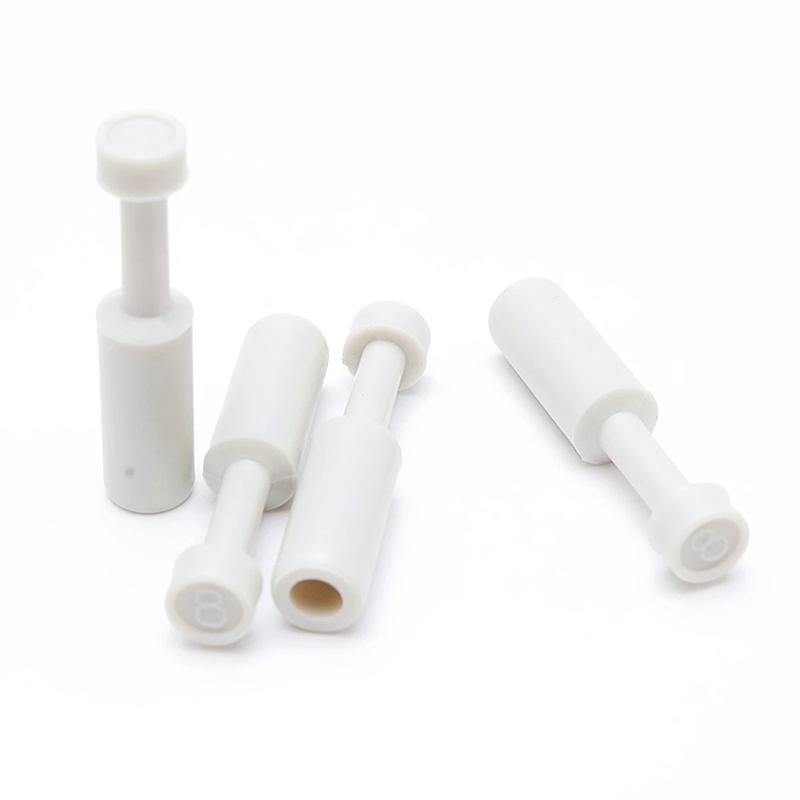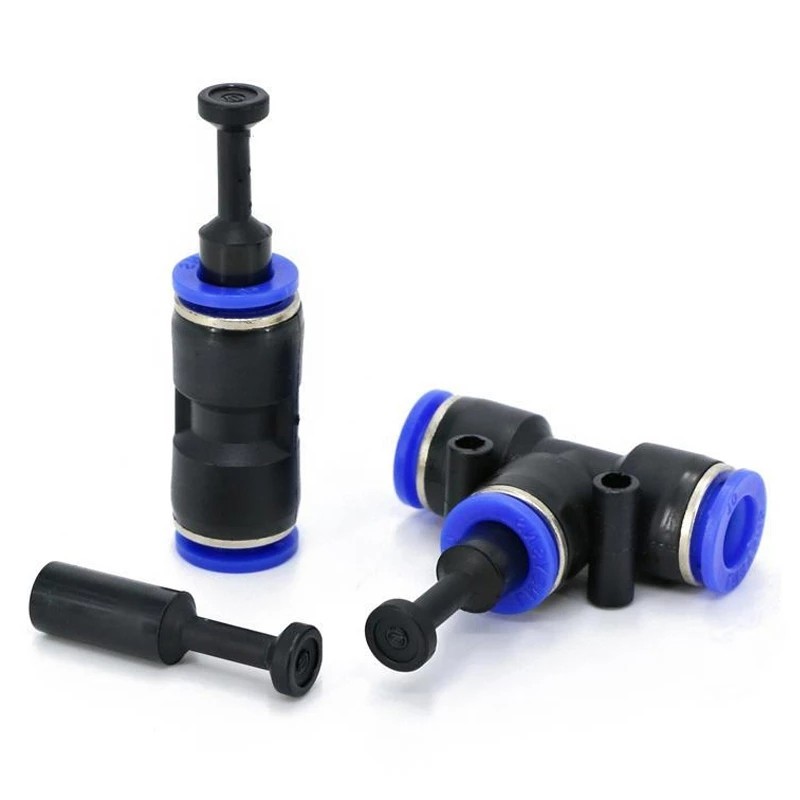Pneumatic Blanking Plug
What is the function of blanking plug?
Pneumatic Blanking Plug serves as a guardian of openings in electrical enclosures, pneumatic systems, and various industrial apparatuses. Its primary function is to seal off unused ports or entries to prevent the ingress of foreign materials such as dust, water, or any other contaminants that dare to trespass into the sanctity of the system. This task, though simple in description, is paramount in preserving the functionality and longevity of the equipment it protects.
-
Protection Against Elements: By sealing unused openings, blanking plugs shield the internal components of machines and electrical boxes from environmental aggressors like moisture and particulate matter, which can cause corrosion, short circuits, or other maladies.
-
Safety Assurance: They contribute to the overall safety of equipment by preventing accidental contact with live parts, thus guarding against electrical shocks and maintaining the integrity of the enclosure's protection rating.
-
Maintaining System Integrity: In pneumatic systems, blanking plugs are crucial for maintaining the correct pressure and flow dynamics by closing off unutilized passages, ensuring that the system operates within its designed parameters.
-
Versatility and Adaptability: Available in various sizes and materials, blanking plugs can adapt to a wide range of applications, from simple household electrical boxes to complex machinery in industrial settings. Their material composition—be it plastic, metal, or rubber—is chosen based on the specific requirements of the environment they are to serve, such as resistance to high temperatures, chemicals, or electrical conductivity.
-
Future Flexibility: By using a blanking plug to seal an unused opening, one preserves the option for future expansions or modifications. This foresight allows for additional circuits, connections, or components to be added with minimal disruption, as the infrastructure for such enhancements remains accessible and protected.
The Installationof Pneumatic Blanking Plug
Installing a blanking plug is a straightforward affair: select a plug that precisely fits the opening you wish to seal, and insert it firmly to ensure a tight and secure fit. The exact method may vary slightly depending on the type of plug and the material of the enclosure, but the overarching principle remains a simple push or screw action culminating in a satisfying seal against the elements.
What size is blanking plug?
Blanking plugs come in a vast array of sizes, designed to accommodate the myriad openings they might seal. The size required for a particular application is determined by the dimensions of the opening or port that needs to be blanked off. These sizes can range from the diminutive, measured in mere millimeters, to the more substantial, spanning several inches in diameter.
Metric and Imperial Measures
The sizing can be specified in either metric or imperial units, depending on the standards adhered to by the equipment or system in question. For instance:
- Metric sizes might range from as small as M5 (indicating a 5mm diameter) to M50 and beyond, covering a broad spectrum of applications from electronic enclosures to large industrial machinery.
- Imperial sizes are often denoted in fractions of an inch, such as 1/4", 1/2", 3/4", up to several inches, catering to equipment and systems designed with these measurements in mind.
Selecting the Correct Size
To select the appropriate size of a blanking plug, one must first measure the diameter of the opening that requires sealing. This measurement should be as precise as possible to ensure that the chosen blanking plug fits snugly, providing an effective seal against contaminants and maintaining the integrity of the enclosure or system.
In addition to the diameter, the depth of the port and the thread type (if applicable) are crucial considerations. Some blanking plugs are designed to fit into threaded openings, requiring not only the correct diameter but also the correct thread pitch to ensure compatibility.




